LEWISTON — The emergency room at Central Maine Medical Center was already at capacity on the night of Oct. 25 when dispatchers called to report gunshot victims headed its way.
The hospital was given about 10 minutes to get ready.
The charge nurse working that night was ex-military, “Thanks Jesus,” said Ann Howe, nurse leader at the hospital.
Within minutes, about 50 patients were moved into hallways and other spaces to make room for the incoming victims of a mass shooting that claimed the lives of 18 men and women and injured 13 others. All but one of those who suffered gunshots that night at a local bar and a bowling alley were rushed to CMMC.
“We’re just so lucky we had the team in here that we did,” Howe said.
That sentiment was echoed throughout the halls of the hospital days later by the CMMC’s lead surgeons, who went to work immediately in six operating rooms, sometimes multiple surgeons performing multiple surgeries in one room working on different body parts of a single patient.
Some of them spent as many as eight hours in surgery, sometimes moving from one operating room to another, they said.
Chief Medical Officer Dr. John Alexander said Monday that the scene he encountered when the “dozens and dozens and dozens of people” packed into the hallways and spaces in the emergency department area that night “looked like chaos.”
While many of the staff who responded to the text message alert on their phones that read “CODE TRIAGE” had already gone to work treating shooting victims in trauma rooms to help assess the extent of their injuries or rushed to operating rooms for emergency surgery, many other staff were still in the hallways waiting to be put to work, he said.

Nick Rathbone, a paramedic with United Ambulance Service, is shown Monday at Central Maine Medical Center in Lewiston. He was working Wednesday night when victims of two mass shootings were brought to the medical center on Main Street. Daryn Slover/Sun Journal
Even hospital staff who hadn’t been paged to respond that night, but had heard about the shootings, had gone to the hospital voluntarily in hopes of being useful, he said.
Having heard a gunman was still at large hadn’t kept them away, Alexander said.
Several staff followed law enforcement vehicles into the city, they said. Others took back roads.
“When you think about that level of heroism, where you’ve got people who — it’s not really their job to run towards the emergency — they came running towards the emergency,” he said. “It’s really heartwarming.”
When they arrived at the hospital, they were greeted by armed officers stationed outside the building.
Alexander’s job was to organize workers and keep lines of communication open, he said.
But there was a part of his brain that was also trying to process police reports of multiple shootings at multiple locations, he said.
Those thoughts were the ones “that just leap in, they just grab you,” he said, forcing him to recalculate for the possibility of even more casualties arriving soon.
A pre-triage center was set up outside the doors to the emergency room entrance, staffed in part by emergency medical services crews, to help steer the victims to the right place once inside the hospital, he said.

Chief Medical Officer John Alexander talks Monday with nurse leader Ann Howe at Central Maine Medical Center in Lewiston. They were working Wednesday when victims of two mass shootings were brought to the hospital. Daryn Slover/Sun Journal
Patients were identified as critical or noncritical, he said.
Police officers had brought the first couple of shooting victims to the hospital, rather than wait for an ambulance to arrive at the scene.
More than a dozen surgeons responded to the call that night, including trauma, orthopedic and vascular.
Only a couple had actually been on duty that night at the hospital.
Dr. Steve Constantino, chief of anesthesiology at CMMC, said he had been training at a Boston hospital at the time of the Boston Marathon bombing.
He said Monday that the response from the OR staff on Wednesday was “just truly incredible. The resources we had between the hour of 8:30 p.m. and 2:30 a.m. was like nothing I ever would have imagined,” he said.
“I think it shows the dedication to this hospital and this community that we had such an outpouring of support of people showing up, saying, ‘Hey, this is where I need to be right now,'” he said.
“To me it was the light in the darkness that was Wednesday,” he said.
Families of the shooting victims had congregated outside the hospital to learn the medical status of their loved ones, Alexander said.
They were eventually taken to a conference room where two social workers, the vice president of business and community development, several nurses, the president of the hospital and Alexander met with them to update the families until well past midnight, he said.
Jessica Dagneau, system director of care management, also met with the families, took their names and contact information and learned who they were seeking to find.
“We were waiting for the dust to settle to know who was here,” she said.
“We were still trying to figure out who was here and who wasn’t,” Alexander said. “People came in so quickly and our team was doing so much to try to take names and dates of birth, but some people weren’t in any condition to give a name and a date of birth,” he said.
Having had time to reflect on that night, Alexander said Monday, “It’s just sad.”
Copy the Story LinkSend questions/comments to the editors.


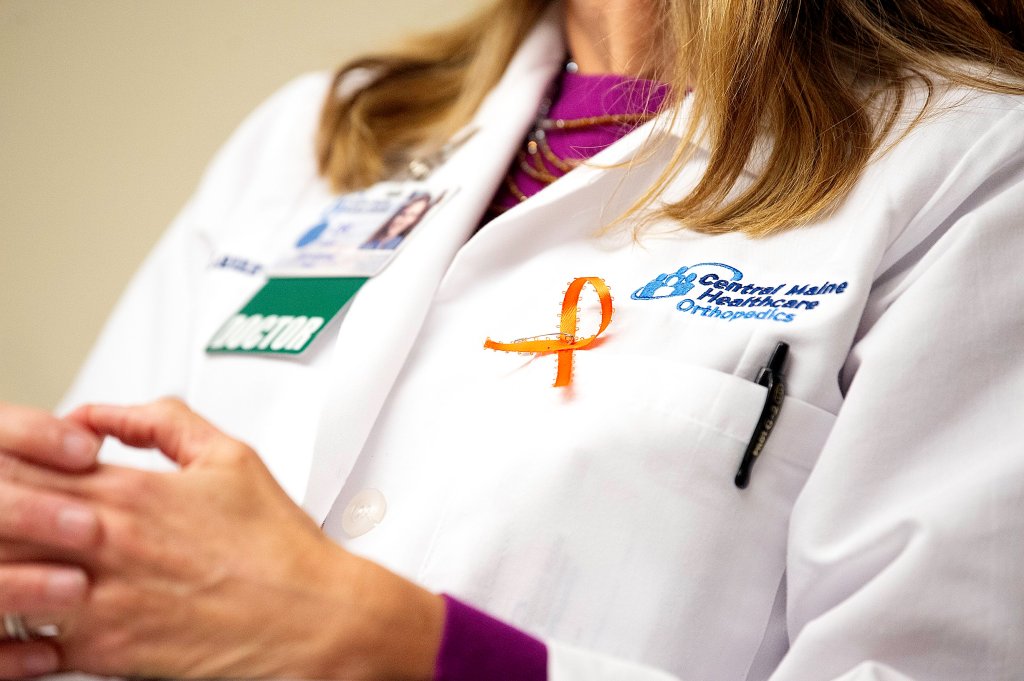
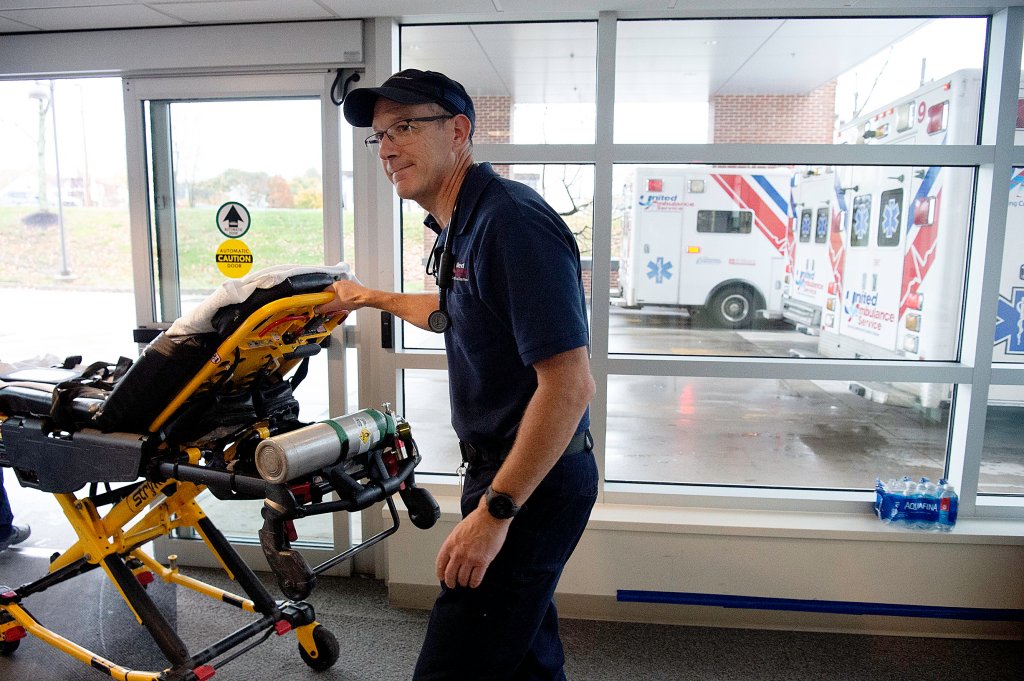
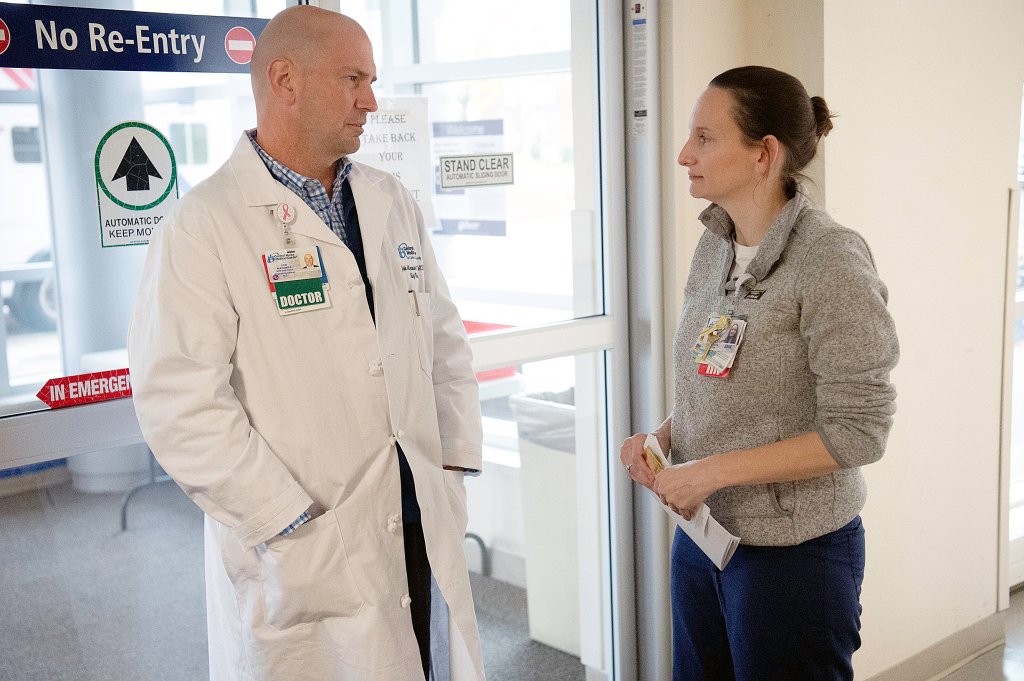
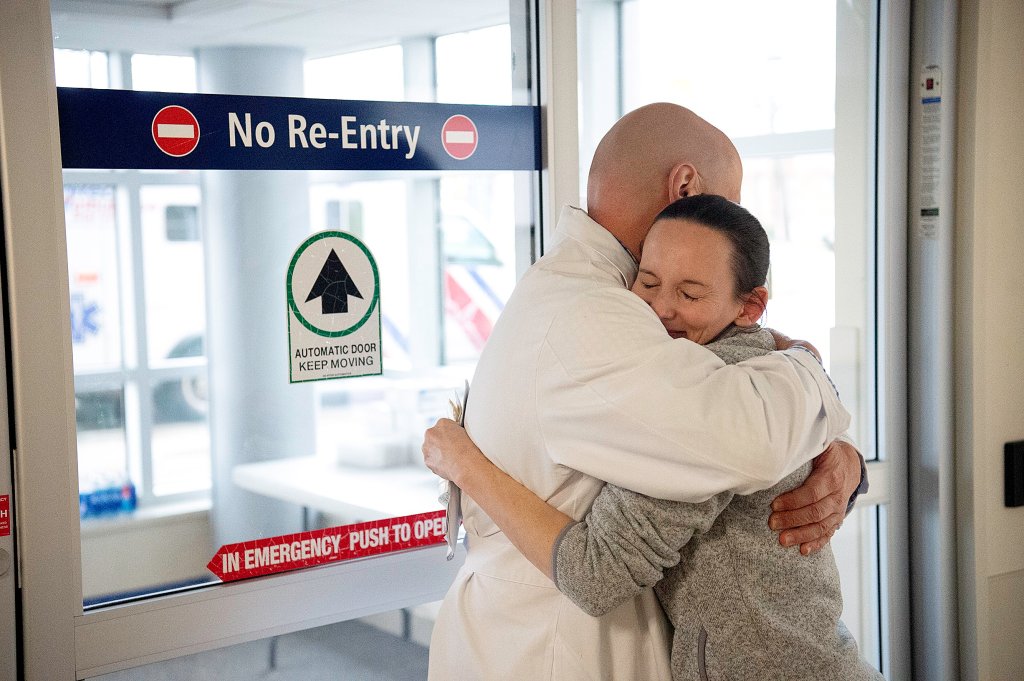
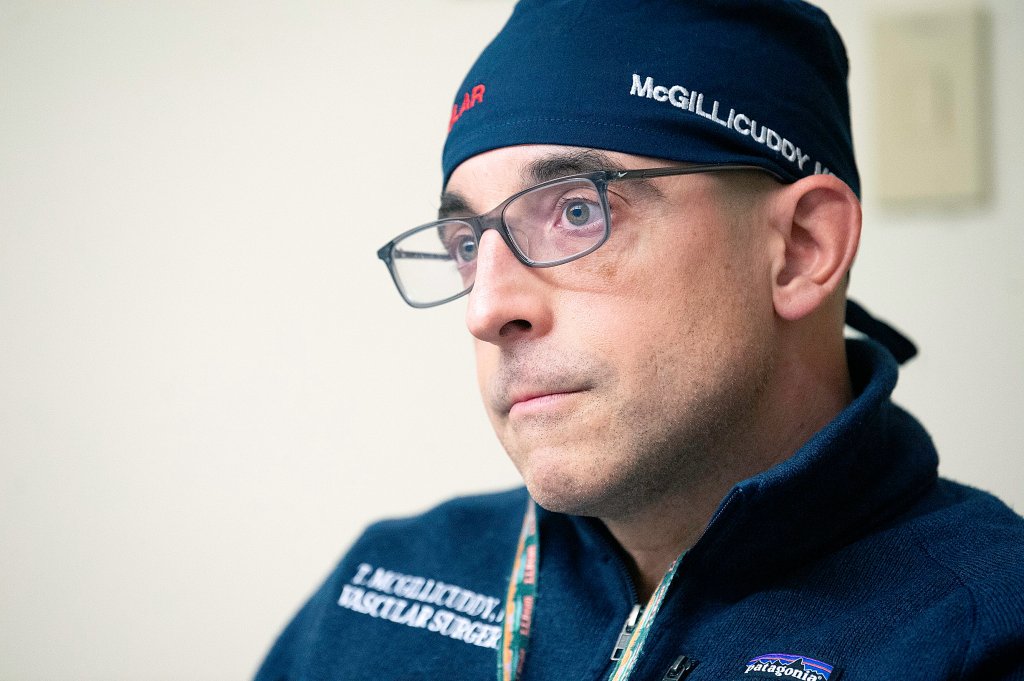
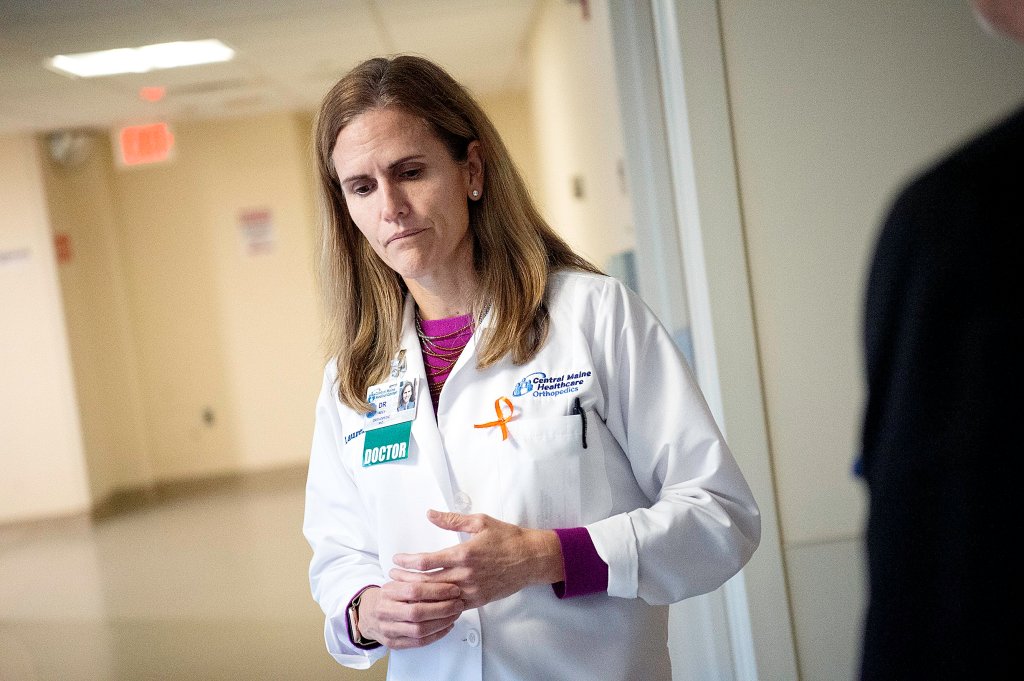
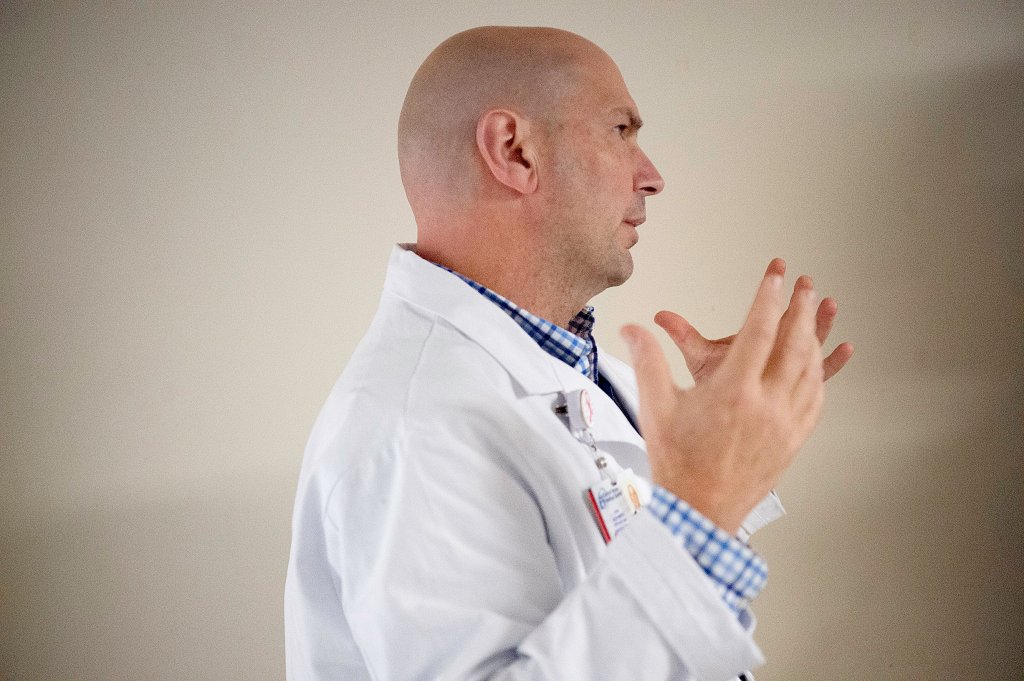
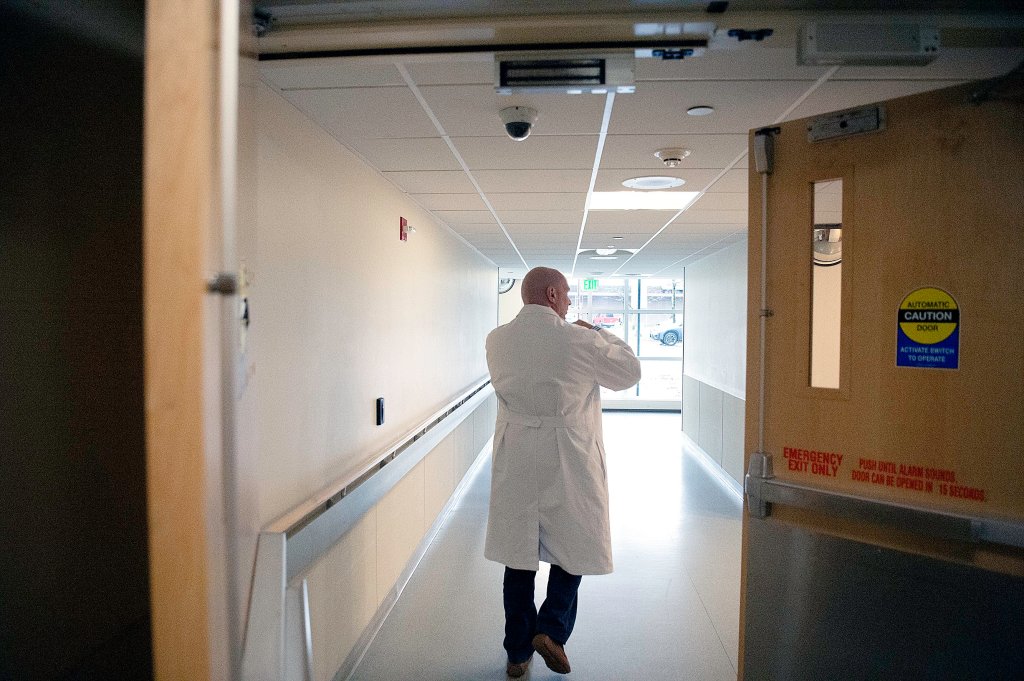
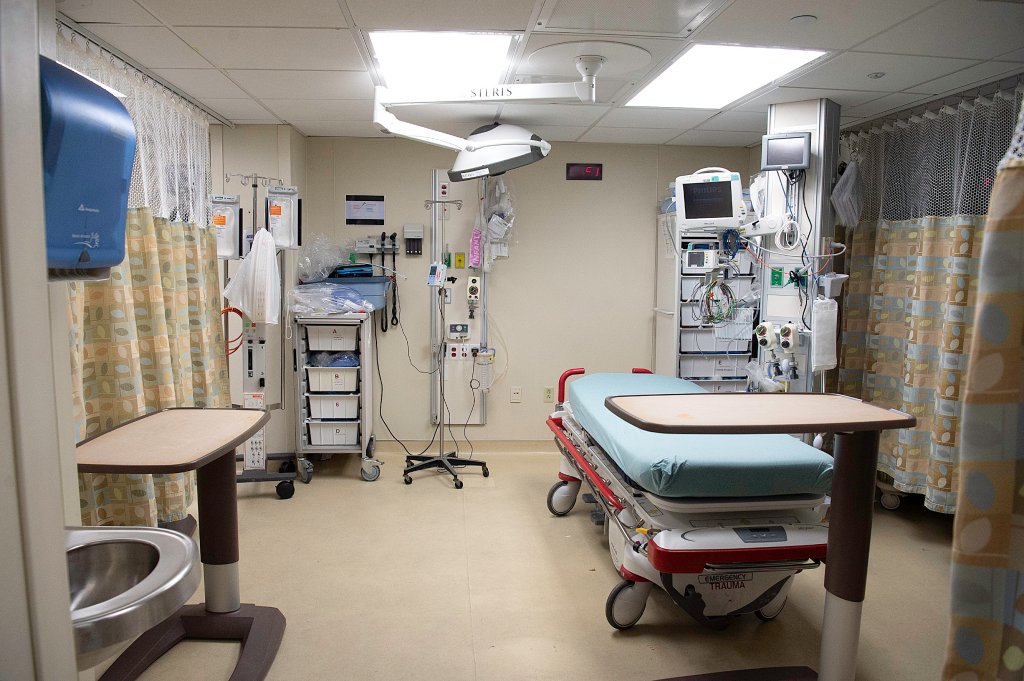
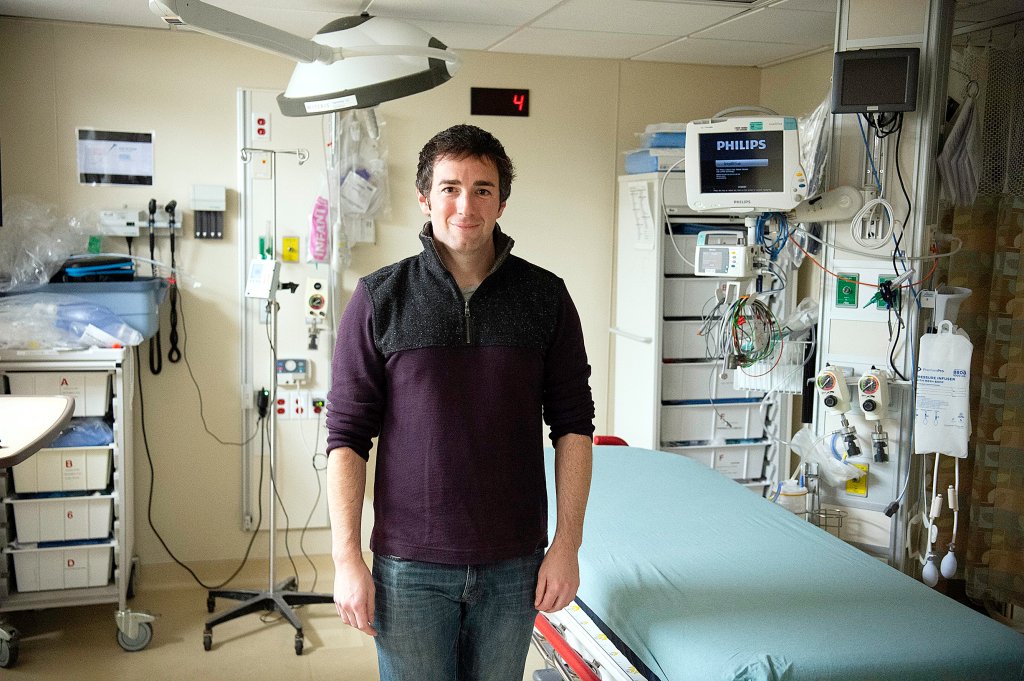

Success. Please wait for the page to reload. If the page does not reload within 5 seconds, please refresh the page.
Enter your email and password to access comments.
Hi, to comment on stories you must . This profile is in addition to your subscription and website login.
Already have a commenting profile? .
Invalid username/password.
Please check your email to confirm and complete your registration.
Only subscribers are eligible to post comments. Please subscribe or login first for digital access. Here’s why.
Use the form below to reset your password. When you've submitted your account email, we will send an email with a reset code.